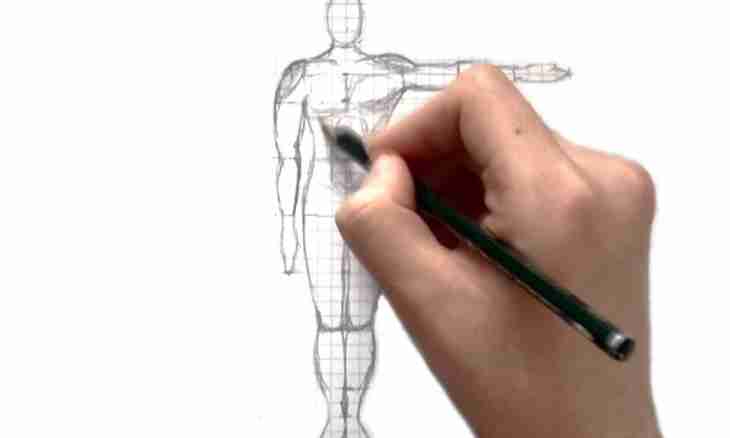The body impulse differently is called the number of the movement. It is defined by the work of body weight on its speed. Also it can be found through duration of action of force on this body. The physical sense is made by not an impulse, but its change.
It is required to you
- — scales;
- — speedometer or radar;
- — dynamometer;
- — calculator.
Instruction
1. Determine body weight by scales in kilograms. Measure its speed. Make it by means of a speedometer or the special radar in meters per second. Calculate p body impulse as the work of its mass of m on the speed of v (p=m∙v). For example, if the speed of a body is equal to 5 m/s, and its weight of 2 kg, then the impulse is equal to p=2∙5=10 kgm / page.
2. Change of an impulse of a body as the impulse is characteristic of blow at which this size changes is more important to find ability. To find change of an impulse of a body, take away initial from a final impulse, considering at the same time that size is vector. Thus, change of an impulse of bodies is equal to a vector Δp which is the difference of vectors of p2 (final impulse) and p1 (initial impulse).
3. If at the movement the body does not change the direction, then to find change of an impulse, take away initial from final speed and increase it by body weight. For example, if the car, moving rectilinearly, increased speed from 20 to 25 m/s, and its weight is equal to 1200 kg, but change of its impulse will be Δp=1200 ∙ (25-20)=6000 kgm / page. If the speed of a body decreases, then change of its impulse will be negative.
4. If the body changes the direction, look for the difference of vectors of p2 and p1, using the theorem of cosines or other ratios.
5. Example. A ball weighing 500 g it is elastic struck in a smooth wall at an angle 60º to a vertical, and its speed was at the same time 3 m/s, find change of its impulse. As the blow elastic, a ball will fly away from a smooth wall too at an angle 60º, with the same on the module speed, 3 m/s. To transfer a difference to the sum, increase value of a vector p1 by-1. Receive that Δp is equal to the sum of vectors of p2 and – p1. Having applied the rule of a triangle, calculate Δp= √ (0.5∙3)² + (0.5∙3)²-2 ∙ (0.5∙3) ∙ (0.5∙3) ∙cos(60º)) =0.5∙3=1.5 kgm / page. The fact that the module of an initial and final impulse in this case too on 1.5 kgm / page is remarkable.
6. If force operating on a body which is the reason of change of its speed and duration of its action is known, then calculate change of an impulse as the work of force of F for the period of its action Δt (Δp=F ∙Δt). Measure force by means of a dynamometer. For example, if the football player struck a ball with a force of 400 N, and time of impact is equal 0.2 with, then change of an impulse of a ball will be Δp=400∙0.2=8000 kgm / page.

